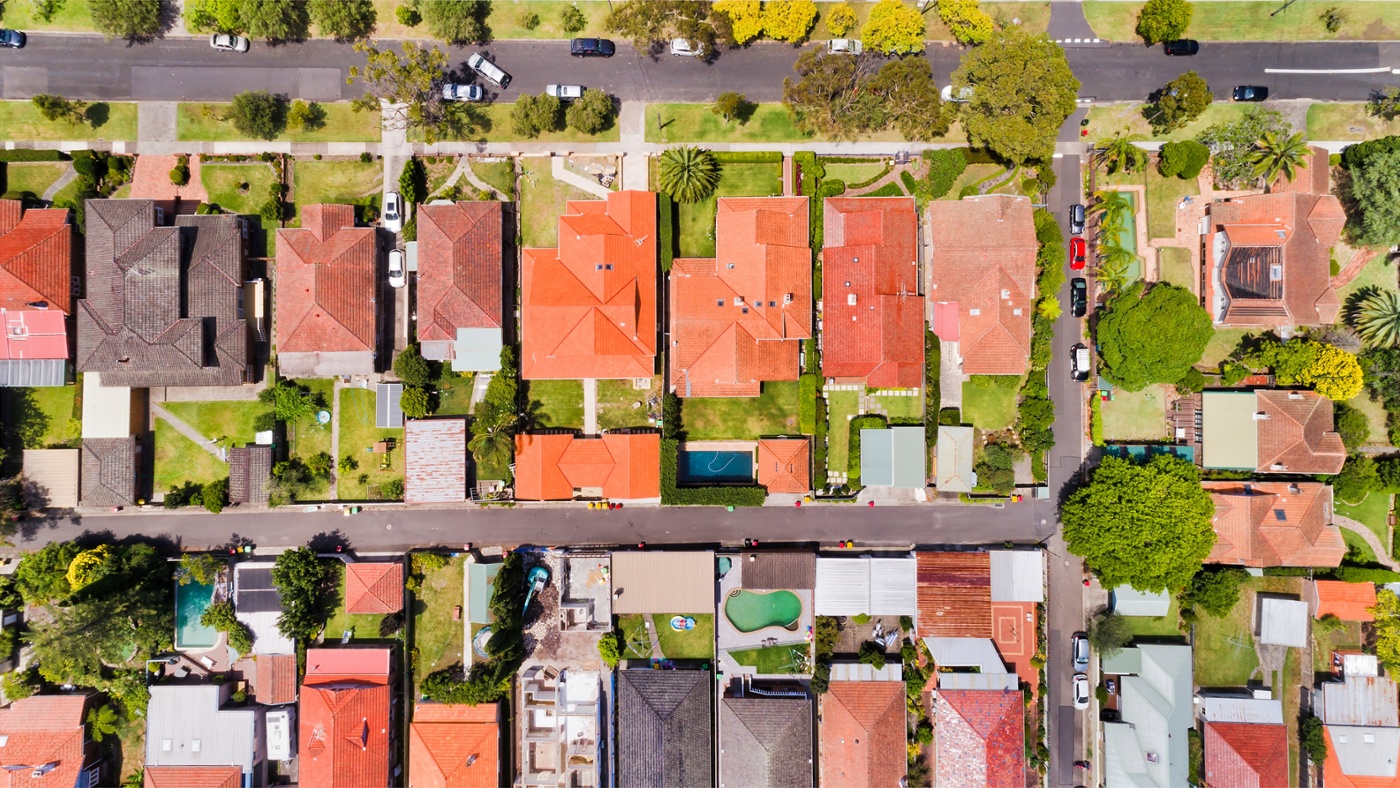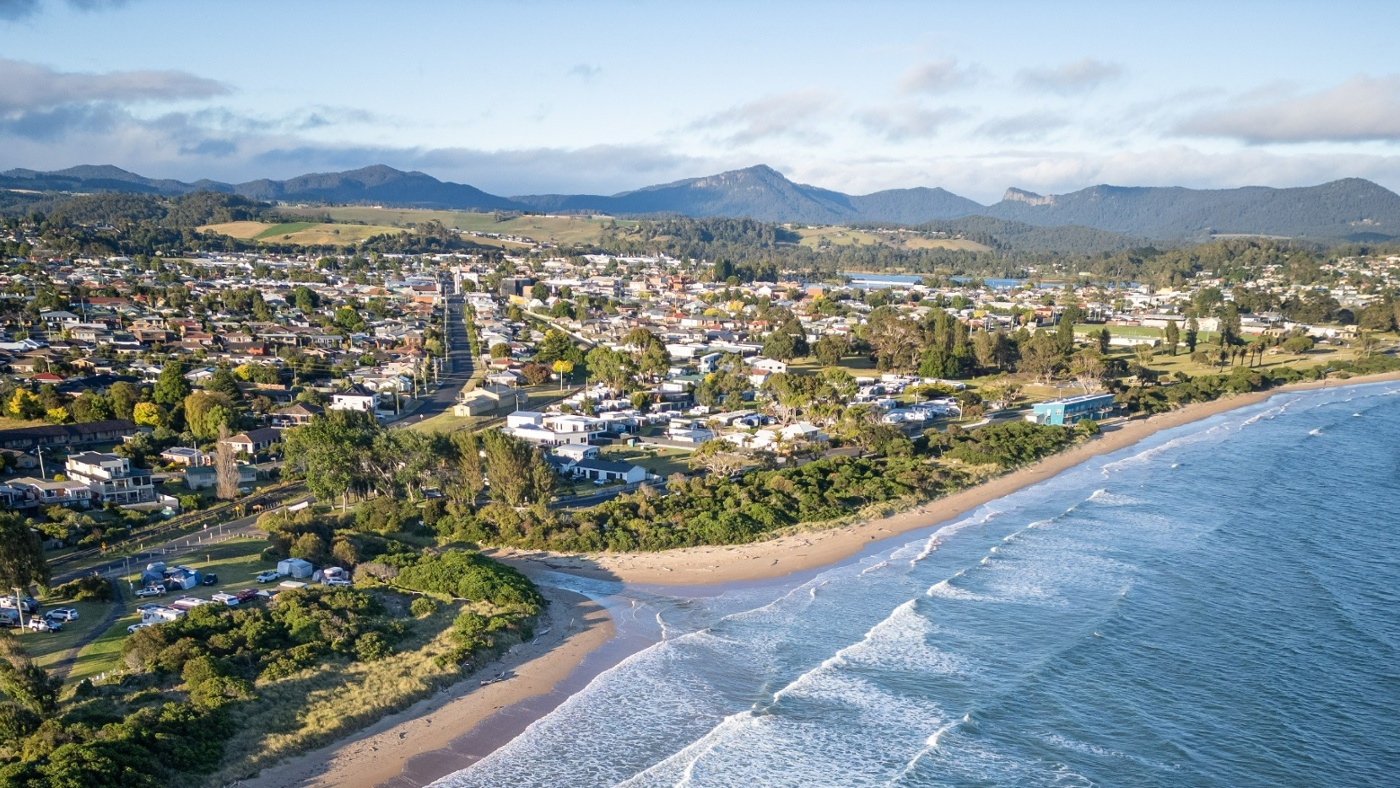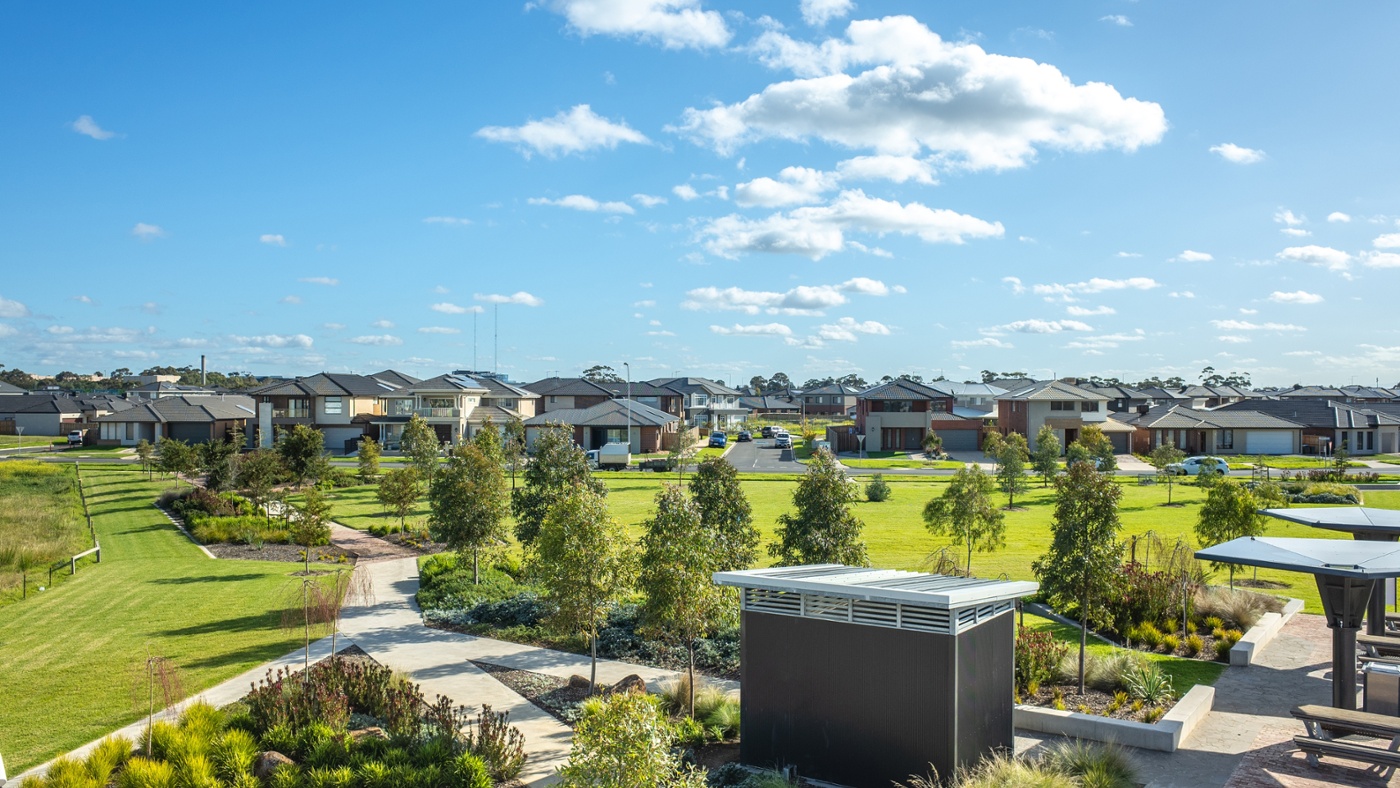Net overseas migration is the key driver of Victoria’s population growth. Understanding where and how people are settling is essential to delivering the right housing in the right places. Ethos Urban explores recent demographic shifts and what they mean for future housing policy and planning in Melbourne.
In recent years, net overseas immigration (NOM) has accounted for the majority of population growth in Victoria, accounting for 82% of Victoria’s population growth over the past two years.
According to Victorian Government projections (Victoria in Future, 2023), NOM is forecast to account for 66% of population growth over the 2026 to 2041 period, representing an increase of approximately 1.2 million people over this period - or approximately 83,000 people a year.
As the Victorian Government seeks to achieve its target of 80,000 new homes a year in “places where Victorians want to live” over the 2024 to 2034 period, understanding the implications of migration trends in Victoria is important.
The two most dominant countries in terms of NOM in Victoria are India and China. Since June 2014, these two countries have accounted for 292,000 new residents to Victoria (ABS) with India accounting for more than 205,000, or 19% of population growth over this period. China accounted for nearly 87,000, or 8% of population growth. Up until 2016/17, the rate of NOM to Victoria between India and China was comparable. However, since then popularity of Victoria as a place to live for Indians has outpaced that for the Chinese considerably – refer Graph 1.
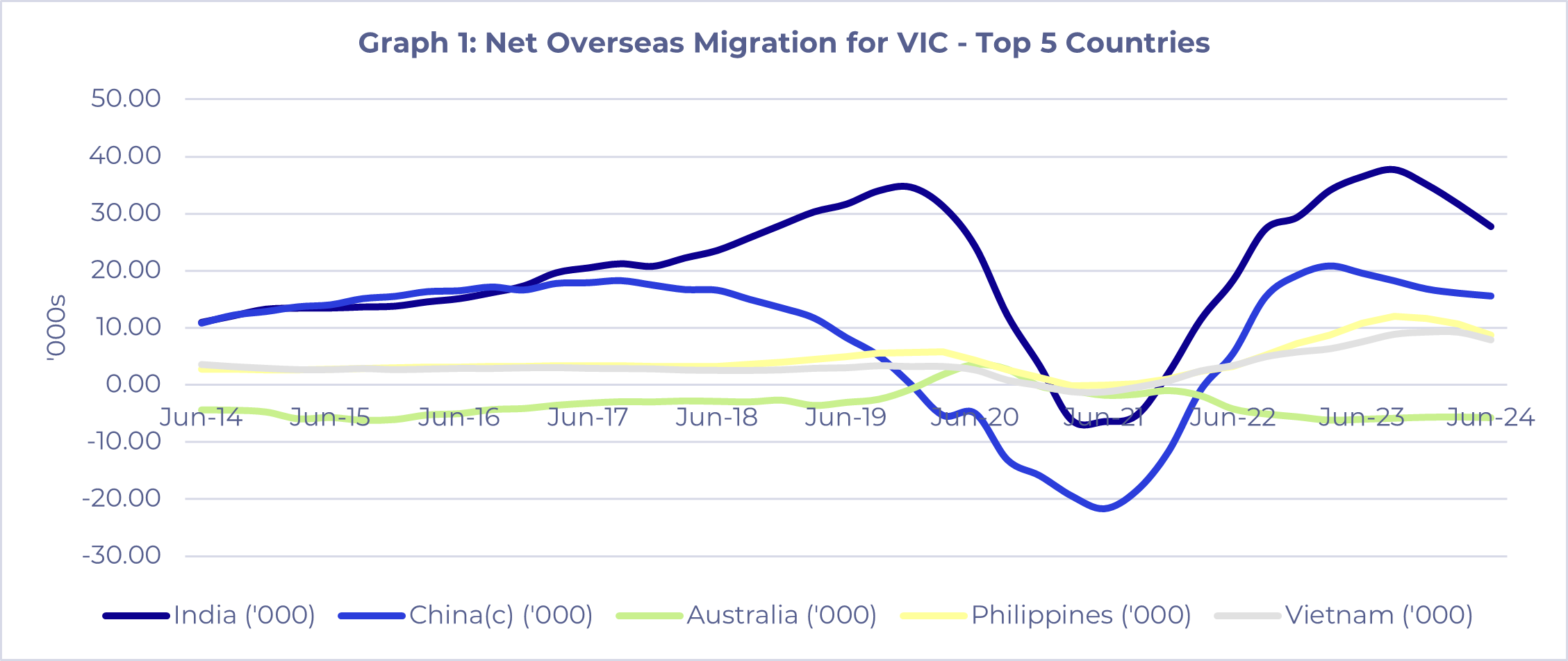
While ABS Census data for 2021 was impacted by COVID-19, it still provides us with insights on housing choices on a proportional basis – refer Graph 2.
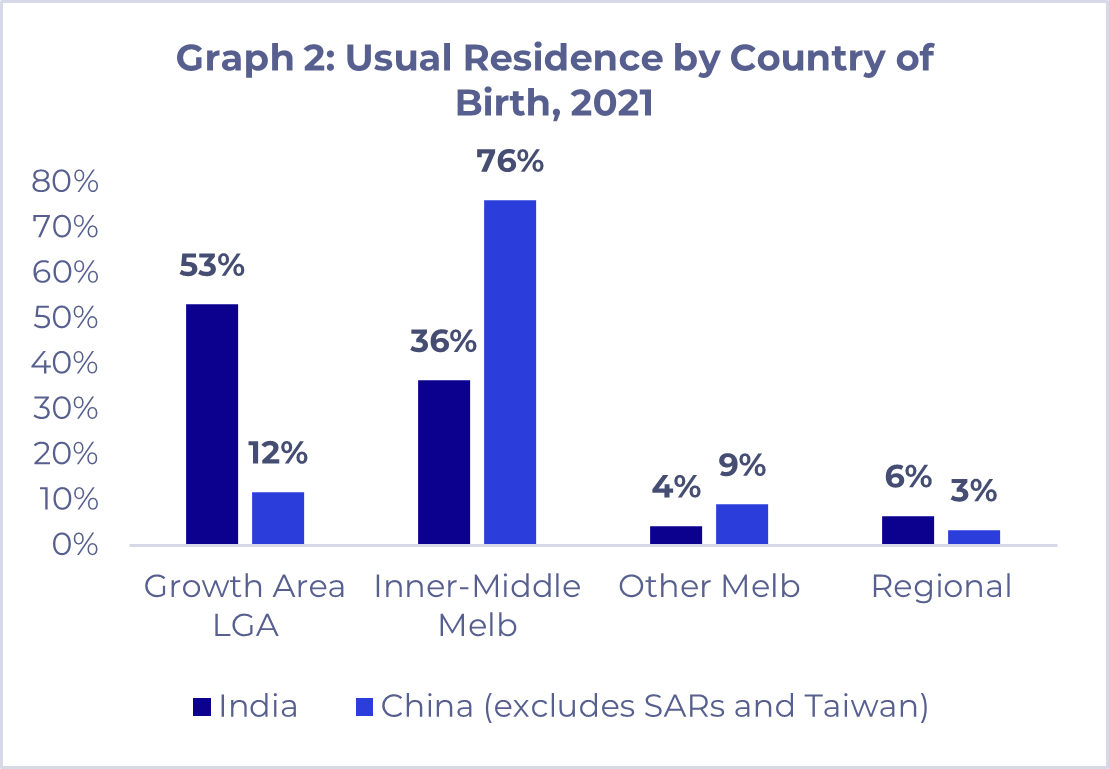
For Victorian residents born in India, Melbourne’s growth areas are the location of choice accounting for 53% of residents, followed by inner-middle Melbourne suburbs which account for 36%. This trend aligns with anecdotal sales evidence from our clients in Melbourne’s growth areas. It is the opposite for Victorian’s born in China, where 76% reside in Melbourne’s inner-middle suburbs and just 12% in the growth areas.
For both the Indian and Chinese population, the majority of people reside in separate houses – refer Graph 3. This may be a function of numerous factors including housing choice, supply and affordability.
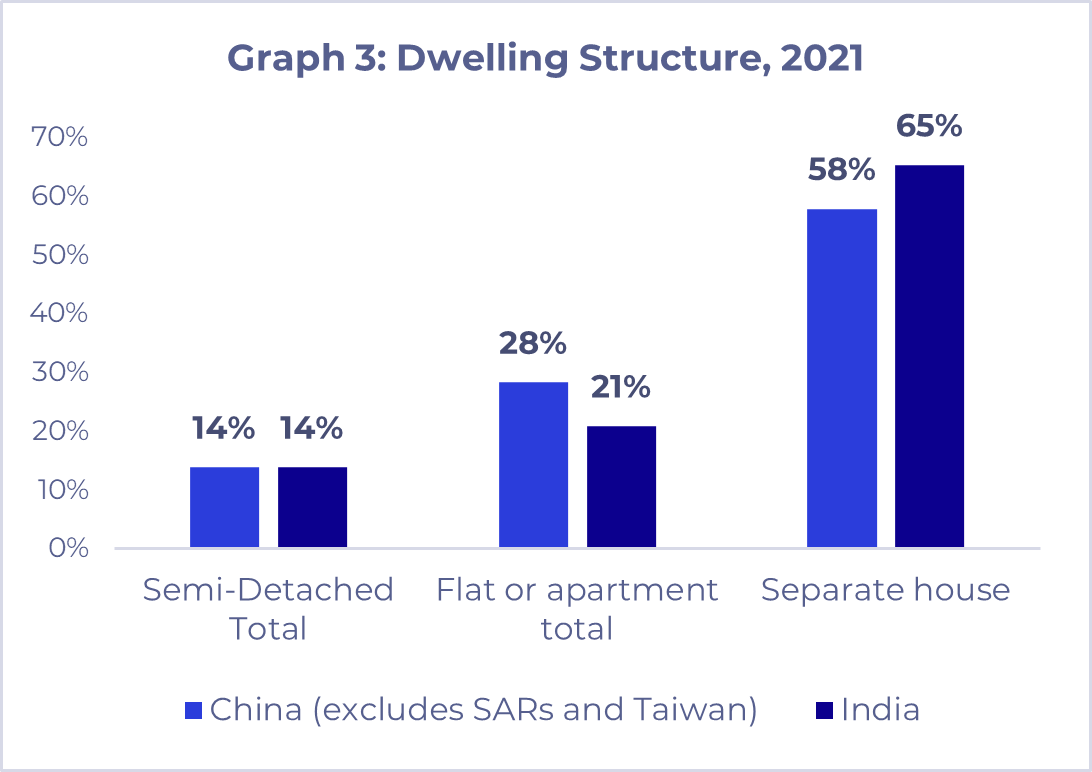
As we continue to grapple with a housing supply and affordability crisis, and Victorian Government policy to provide 80,000 new homes per annum over a 10-year period, a nuanced and adaptable approach that takes into account demographics and what the market is telling us is needed.
NOM is a factor worth considering, as it accounts for the majority of the state’s population growth. Based on trends in NOM, which is Victoria’s main driver of population growth, there is a need for a balance approach for housing supply that accommodates demand in both the growth areas and established suburbs.
Sources: ABS, Census of population and Housing, 2021; ABS. Overseas Migration, 2024; Victorian Government, Victoria in Future, 2023

Nick Brisbane
Director in Charge, Melbourne | Economics Director | Melbourne
Related Insights
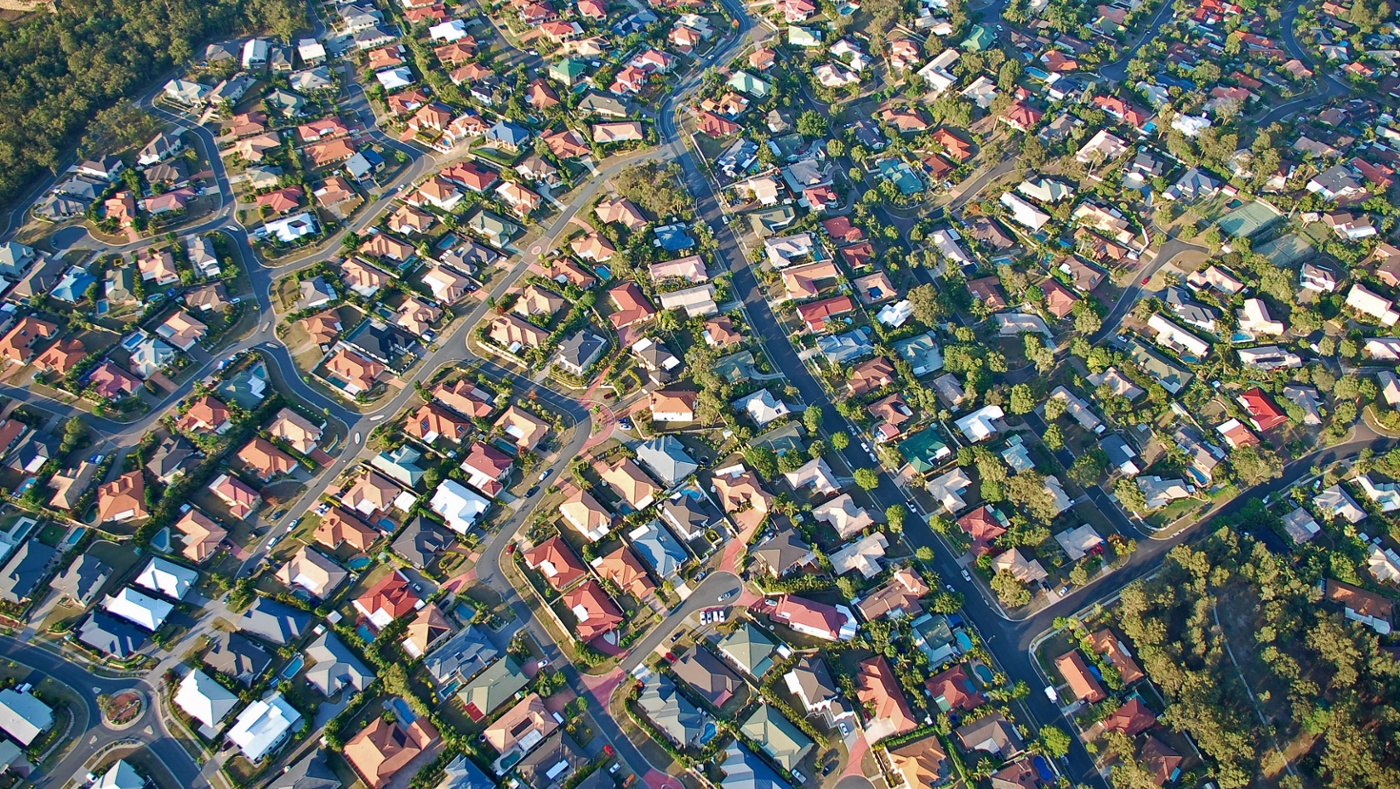
NSW Low and Mid-Rise Housing Reforms
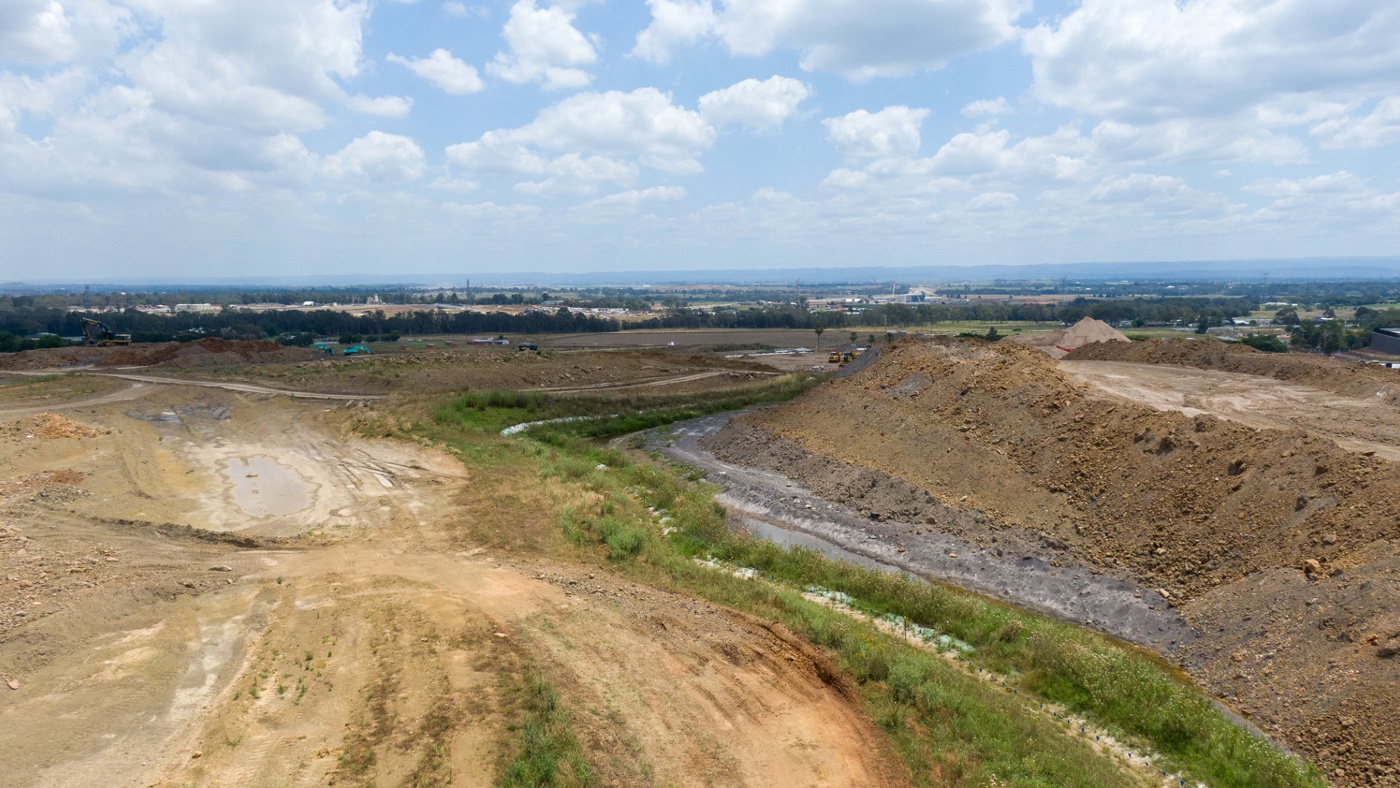
NSW Government Releases Industrial Lands Action Plan

Renewable Energy in Focus

Industrial Development: Why NSW Needs Reform to Stay Competitive
